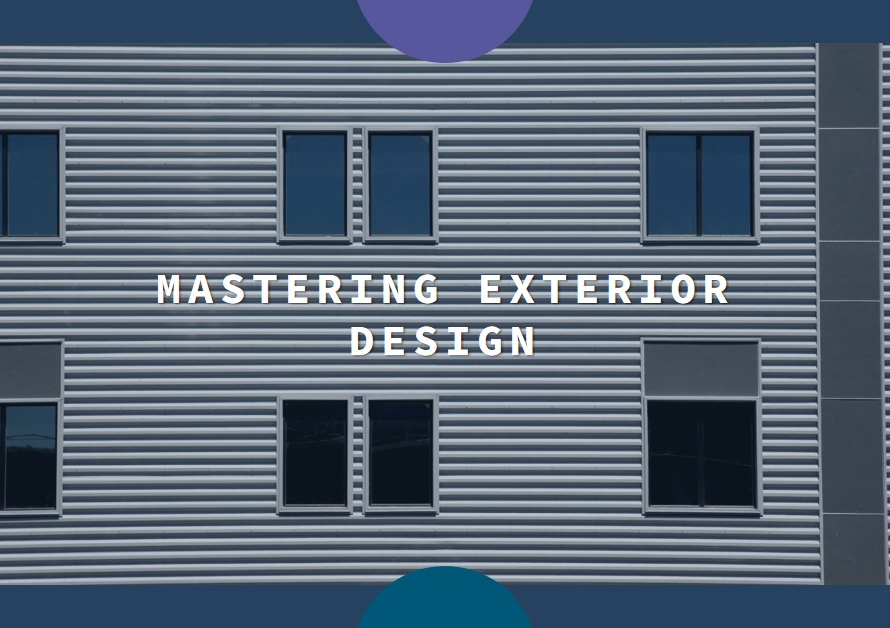
Table of Contents
1. Understanding Your Visualization Project Needs
Before embarking on the search for a visualization artist, it’s crucial to have a clear understanding of your project needs and objectives. Define the scope of work, desired quality level, project timeline, specific deliverables (such as interior renders, exterior views, animations), and any unique requirements or design challenges. Having a detailed project brief will guide your search and help you communicate effectively with potential artists.
2. Researching Potential Artists
Start your search for visualization artists by conducting thorough research. Explore online portfolios, websites, social media platforms, and professional networks such as LinkedIn, Behance, or specialized visualization forums. Look for artists whose style, expertise, and previous projects align with your project requirements. Pay attention to their technical skills, attention to detail, creativity, use of software/tools, and overall portfolio presentation.
3. Reviewing Portfolios and Case Studies
A key aspect of finding a good visualization artist is reviewing their portfolios and case studies in detail. Evaluate the diversity and quality of their past work, including render quality, lighting techniques, material realism, composition, and ability to showcase different design styles (modern, traditional, minimalist, etc.). Look for artists who demonstrate versatility, innovation, and the ability to bring complex designs to life through visualization.
4. Checking References and Client Feedback
Request references or testimonials from previous clients to gain insights into the artist’s professionalism, communication skills, reliability, responsiveness, adherence to deadlines, and overall client satisfaction. Positive client feedback and testimonials validate the artist’s credibility and reliability, giving you confidence in their ability to handle your project effectively and deliver exceptional results.
5. Assessing Technical Proficiency and Software Skills
Technical proficiency and software skills are paramount in the field of architectural visualization. Ensure that the visualization artist is proficient in industry-standard software such as Autodesk 3ds Max, V-Ray, SketchUp, Blender, Lumion, or Unreal Engine, depending on your project requirements. Inquire about their experience with rendering techniques, post-production editing, 3D modeling, texturing, lighting setups, and animation if needed.
6. Evaluating Communication and Collaboration Skills
Effective communication and collaboration are essential for successful project outcomes. Assess the artist’s ability to understand and interpret your design concepts, respond to feedback, ask relevant questions, and provide regular project updates. Clear communication channels, responsiveness to queries, and a collaborative approach contribute to seamless project workflows and mutual understanding throughout the visualization process.
7. Discussing Project Budget and Terms
Transparent discussions about project budget, payment terms, deliverables, revisions, project milestones, and intellectual property rights are crucial before engaging a visualization artist. Ensure that both parties are aligned on pricing structures (fixed fee, hourly rate, project-based), payment schedules, project scope changes, confidentiality agreements, and final deliverable formats (JPEG, PNG, TIFF, high-resolution images, source files).
8. Conducting Test Projects or Trials
Consider conducting small test projects or trials with shortlisted artists to assess their capabilities, workflow efficiency, responsiveness, and ability to meet quality standards within deadlines. Test projects provide practical insights into the artist’s working process, attention to detail, adherence to project briefs, and alignment with your project vision before committing to larger-scale collaborations.
9. Nurturing Long-Term Partnerships
Beyond finding a good visualization artist for a specific project, prioritize building long-term partnerships based on mutual trust, respect, and shared goals. Invest in relationships with talented artists who understand your design philosophy, project requirements, and business objectives. Long-term collaborations foster continuity, consistent quality, streamlined workflows, and a deeper understanding of your brand or design ethos over time.
10. Providing Feedback and Appreciation


Communication doesn’t end with project completion. Provide constructive feedback to artists based on project outcomes, strengths, areas for improvement, and overall experience. Acknowledge and appreciate their efforts, creativity, and contributions to successful project outcomes. Positive feedback encourages collaboration, fosters professional growth, and strengthens relationships for future projects and referrals.
Finding a good visualization artist for your project involves strategic research, clear communication, technical assessment, collaborative spirit, and mutual trust. By understanding your project needs, researching potential artists, reviewing portfolios, assessing technical and communication skills, discussing terms transparently, conducting test projects, nurturing partnerships, and providing feedback, you can identify the perfect visualization artist who brings your design visions to vivid, compelling life.


